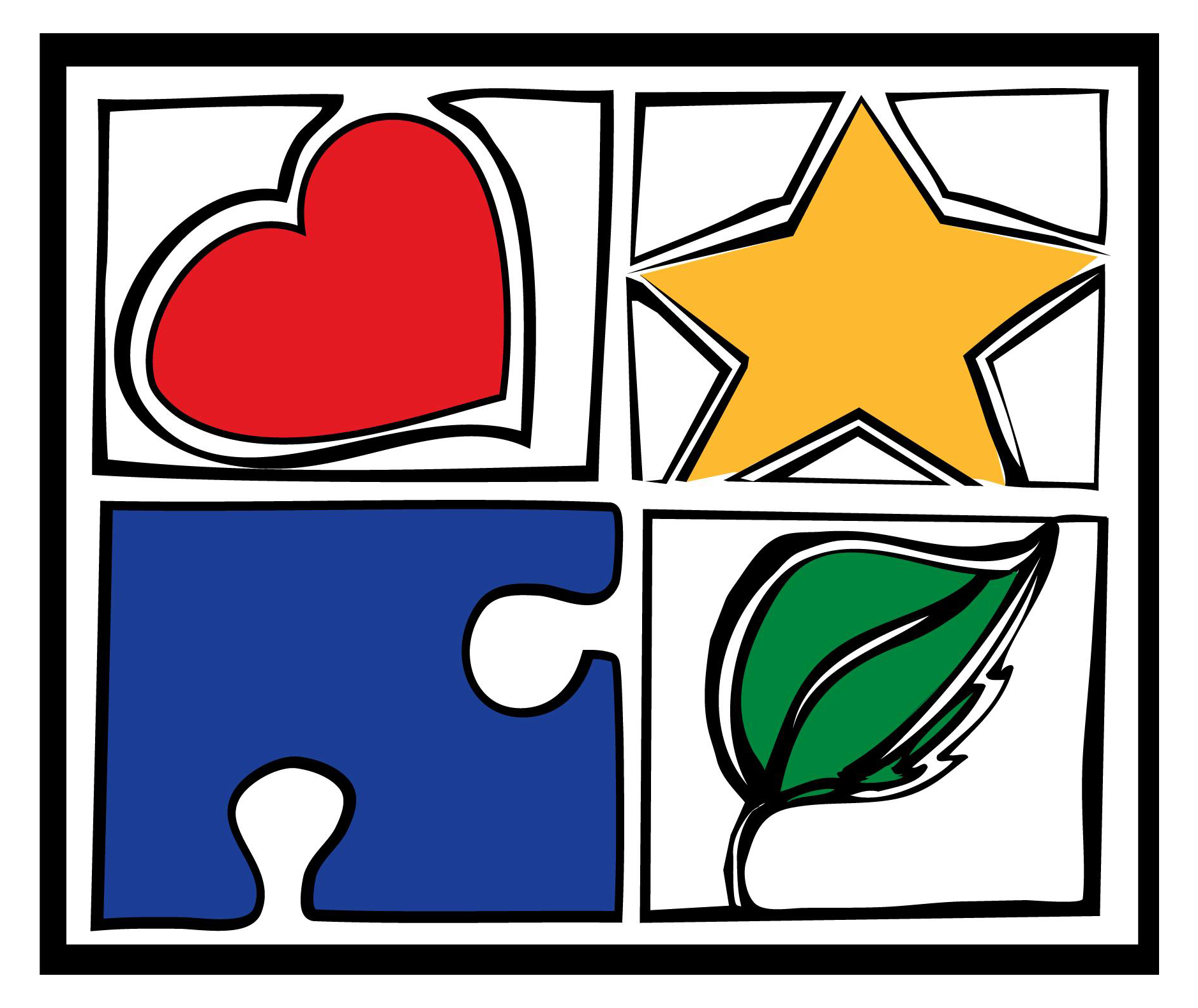Online Safety
Why does cyberspace matter to parents and children?
We want our students to be equipped with the necessary tools to navigate powerful technology. In order for our students to make good choices, they have to learn how the digital world operates. Students are exposed to making choices that are greater than their maturity level. The technology available to students can be a great resource and also have a harmful effect on them at the same time. Knowing Digital Ethics could be the difference between an enjoyable experience or a harmful one while surfing the web.
StaySafeOnline.org provides an excellent resource for Internet Safety called Raising Digital Citizens.
Dangers parents should know about
Students navigating through cyberspace will face many safety concerns. These concerns are very real, parents should have a discussion with their children and students so that necessary steps can be taken. The Internet has drastically changed the way that children interact with the world. Expectations that all parties exercise personal safety and minimizing security risks to private information on the internet is a top priority. Students have access to tools to express their creativity, and individuals from around the world. But, offering all these new and fascinating ways to connect with the world, cyberspace also has inherent risks. Some of the harmful side effects of navigating within cyberspace are:
- Cyberbullying
- Inappropriate materials
- Sexting (see link)
- Threatened privacy
- Unintended Digital Footprint
- Dangers associated with gaming (see link)
- Sexual Predators (see link)
Caregivers can keep children and students safe in the cyberspace
Today, children begin using technology by the time they are 1 ½ years old. Navigating cyberspace (the Web) is part of their lives. Children have the power to visit anywhere or anyone they want at the touch of a finger. Ensuring that our children are safe is paramount to their future. The following are steps parents and educators can use to keep children and students safe:
- Become and remain positively engaged in your student's online activities.
- Discuss proper etiquette for cyberspace
- Be careful about who you give personal information to and what kinds of things you share.
- Consider establishing establish a technology curfew which limits when and where technology can be used.
- Create a media agreement (see link) with children and students
- More extensive safety suggestions can be found in the "Raising Digital Citizens" link from StaySafeOnline.org.
- Talk with your student about online predators. This fact sheet from the Crimes Against Children Research Center (see link) at the University of New
- Hampshire provides key points when doing so.

